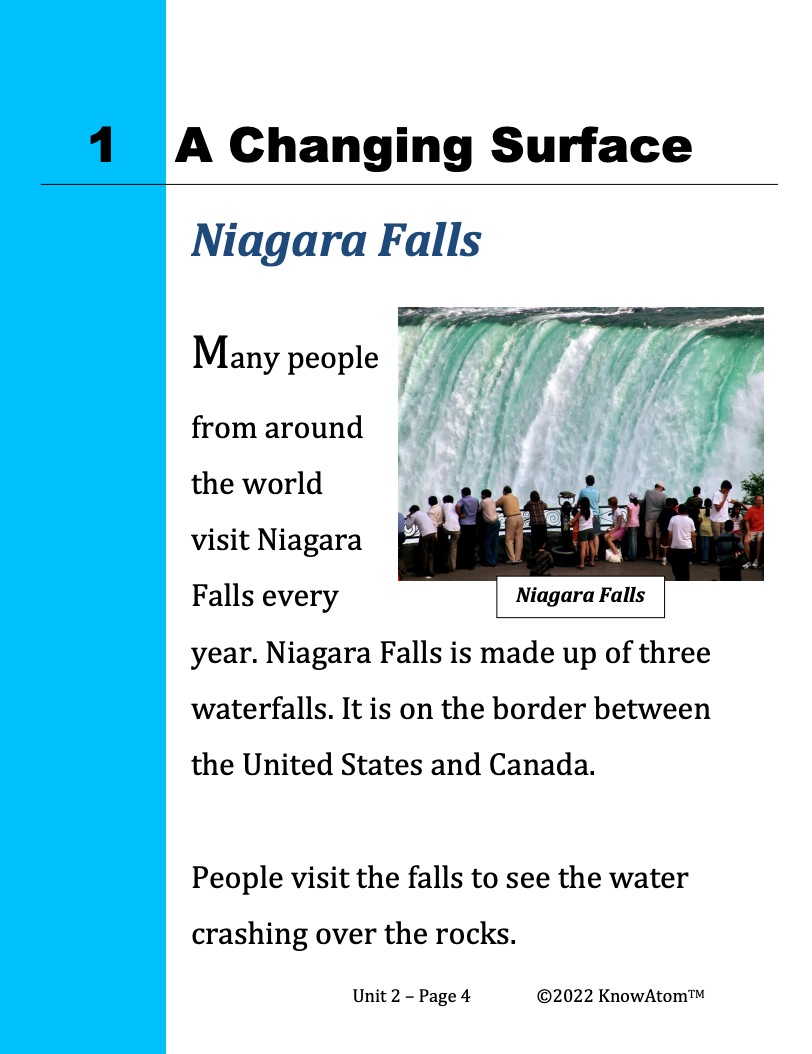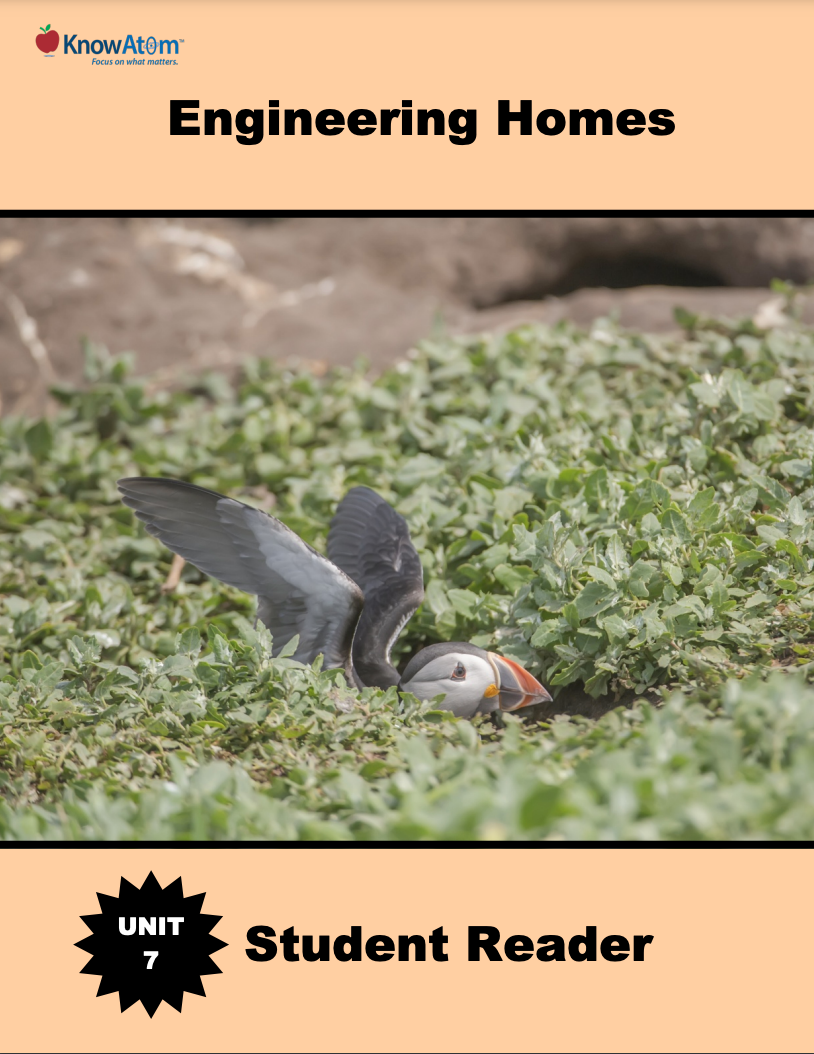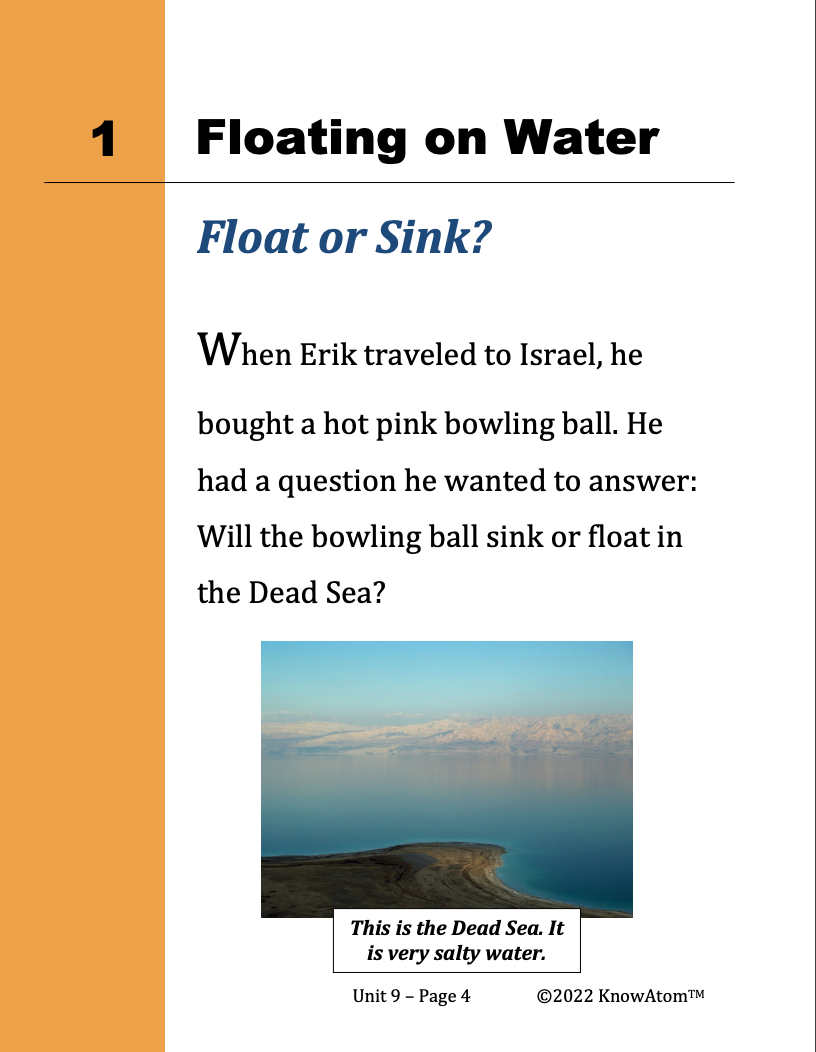
In this unit, students explore the science phenomena of different processes that change Earth’s surface over time. Once students have investigated how wind and water change the shape of the land, they use their scientific knowledge to engineer a solution that prevents rainwater from washing away a sandy hillside. This page showcases key components of this lesson.

In the last unit, students observed butterflies moving through their life cycle, explored how butterflies are pollinators, and then designed a hand pollinator. In this unit, students explore the science phenomena of how shelters help animals survive in their environment and then design a prototype burrow-like structure to keep a burrowing owl cool in hot temperatures.

In this unit, students continue to explore the phenomena of living things, focusing on animals. They begin by observing the metamorphosis of a butterfly and then model the parts of a butterfly that help it survive in its environment. This page provides an overview of key components of this lesson that has students applying what they know about pollination to design a self-pollinating technology.

In this unit, students investigate what makes an object float or sink, exploring the science phenomena of properties of objects that float and sink. This page is a high-level extract of the last lesson in 2nd grade that has students applying their knowledge about the relationship between an object’s properties and its ability to float.
Standards citation: NGSS Lead States. 2013. Next Generation Science Standards: For States, By States. Washington, DC: The National Academies Press. Neither WestEd nor the lead states and partners that developed the Next Generation Science Standards were involved in the production of this product, and do not endorse it.
